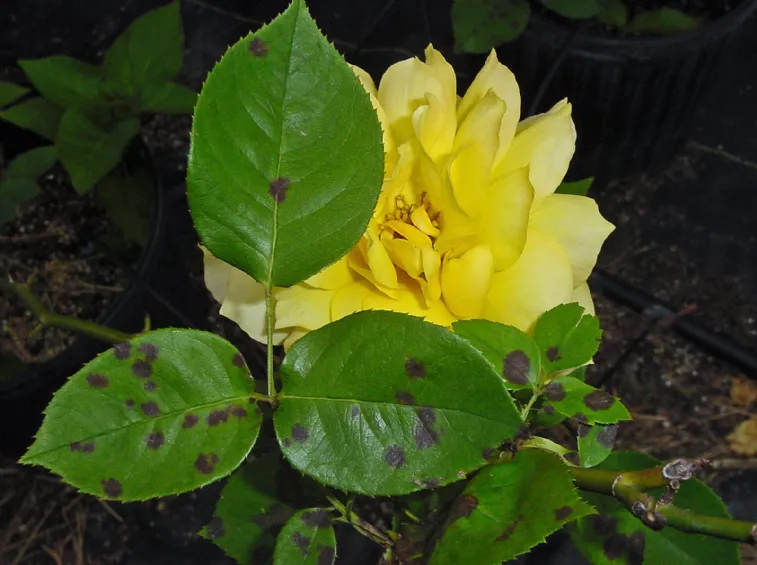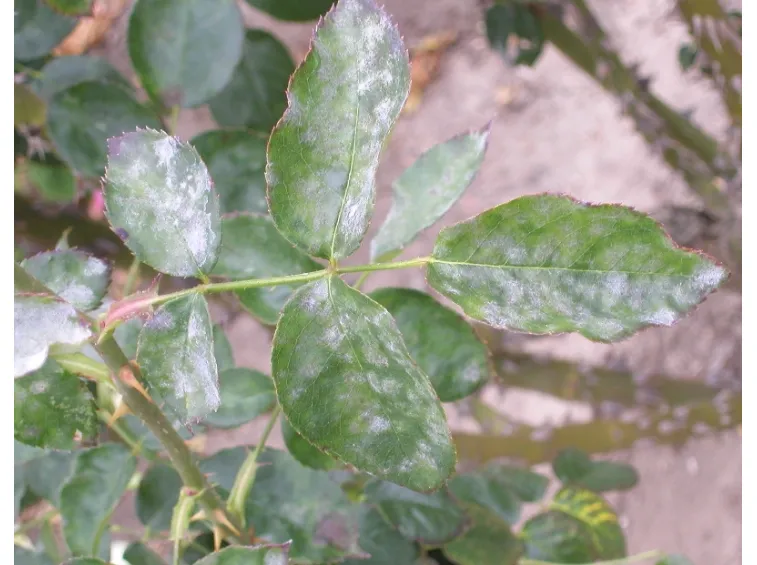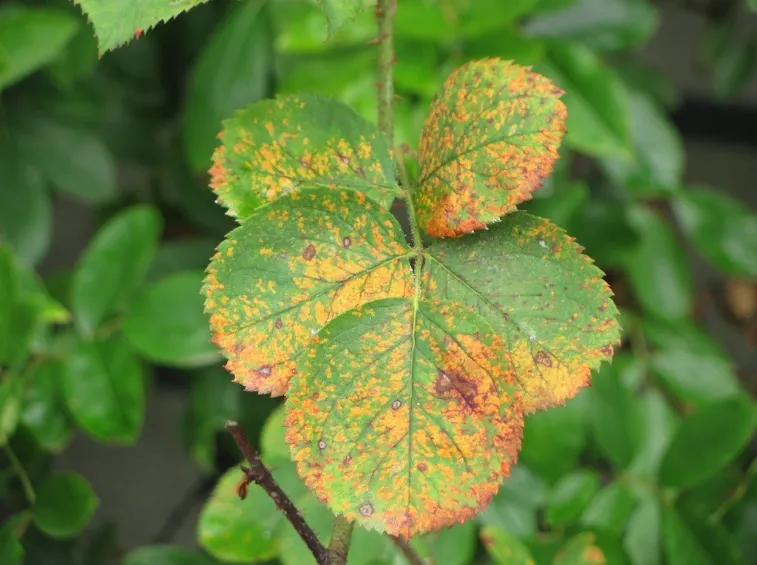The diseases of nostalgic roses
Nostalgic rose diseases
Nostalgic roses are a category of roses characterized by flowers of very faint and soft colors, with shades oscillating almost between colors such as pink, l’ orange and white but always in shadesà soft and very light. As the name implies, these roses recall nostalgia in the colors of their petals, but beyond that; of the shadesà nostalgic, these roses are very solid and robust in their bearing. In fact, in addition to the color of the petals, there are no other characteristics that allow to macroscopically distinguish the roses belonging to this category. In general, however, they are almost all beautiful remontant roses, which also resist diseases and insects well but in particular years, when the conditions are optimal for the spread of fungi and insects, even nostalgic roses can get sick. We will now see the main diseases that can affect nostalgic roses and affect their flowering and the health of the plant.
Powdery mildew nostalgic roses
Like all roses, nostalgic roses can get sick with powdery mildew, especially in years when spring &is severe; very rainy with frequent rains alternating with bright spells, heat and sun. These hot and humid conditions are ideal for causing powdery mildew infestations to proliferate and in fact in seasons like these the powdery mildew represents a real problem for roses. L’ powdery mildew, also commonly called white mal, è a fungus that develops on the leaves of plants in a powdery form. The cells of this fungus proliferate on the leaf pages and invade the inside of the leaves, where they exploit the nutrients produced by the leaves to feed themselves. In the 26-rsquo; to settle in the leaf pages the spores of the mal bianco cause an alteration of the tissues that results in a malfunction of the leaf cells of the plant and in a subsequent deterioration of the plant starting from the leaves. After being infested, in fact, the leaves of the roses become dark and dry and then come off.
To fight l’ powdery mildew on nostalgic roses è it is useful to intervene with sulfur which must be sprinkled on the vegetation as soon as the first signs of the presence of the fungus are noticed. Many people practice preventive treatments on roses, spraying the sulfur in advance, first of all; that there has been l’ powdery mildew infestation. Preventive treatments are very useful becauseé the ill white è an extremely fast fungus, which spreads quickly and therefore when it hits the plants the disease spreads immediately. Taking preventive measures greatly reduces the risk of powdery mildew infestation.
Rust nostalgic roses
Rust è a’ another fungal disease that often infests roses. Its presence is immediately recognized becauseé on the infested leaves there are mushrooms that have a powdery shape and a rusty orange color. The mechanism of infestation, reproduction and damage to the plant è practically the same as that of powdery mildew and also the method of struggle which is based on fungicides that must be sprayed on the infested vegetation.
Scab of mostalgic roses
Another frequent damage on roses è the scab that often occurs on the leaves due to the infestation of a fungus that causes black or brownish spots. The scab è less violent in diffusion compared to powdery mildew but it must still be fought because it is 26-eacute; causes considerable damage to the plant. To combat it, fungicides are usually used which are sprayed on the infested vegetation.



